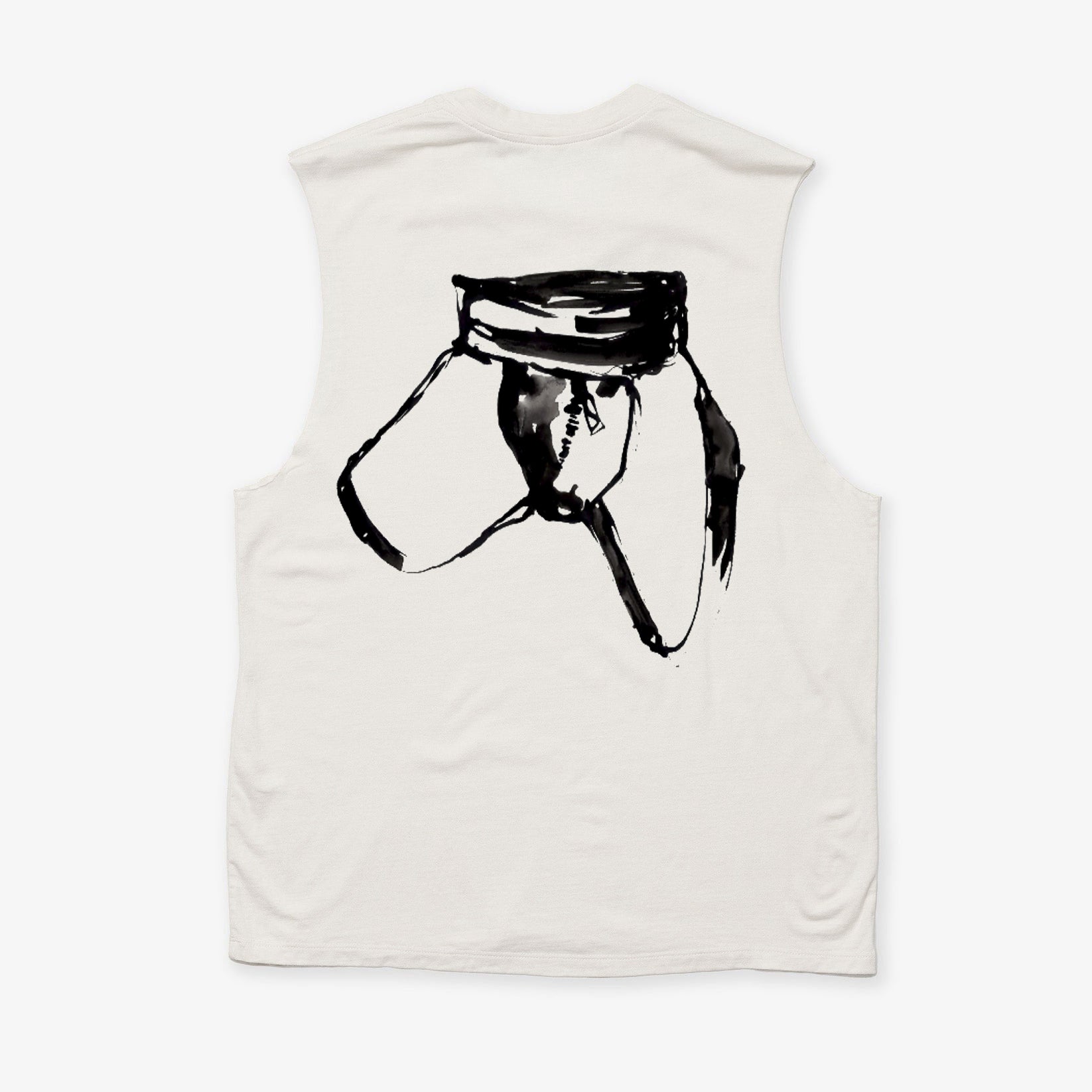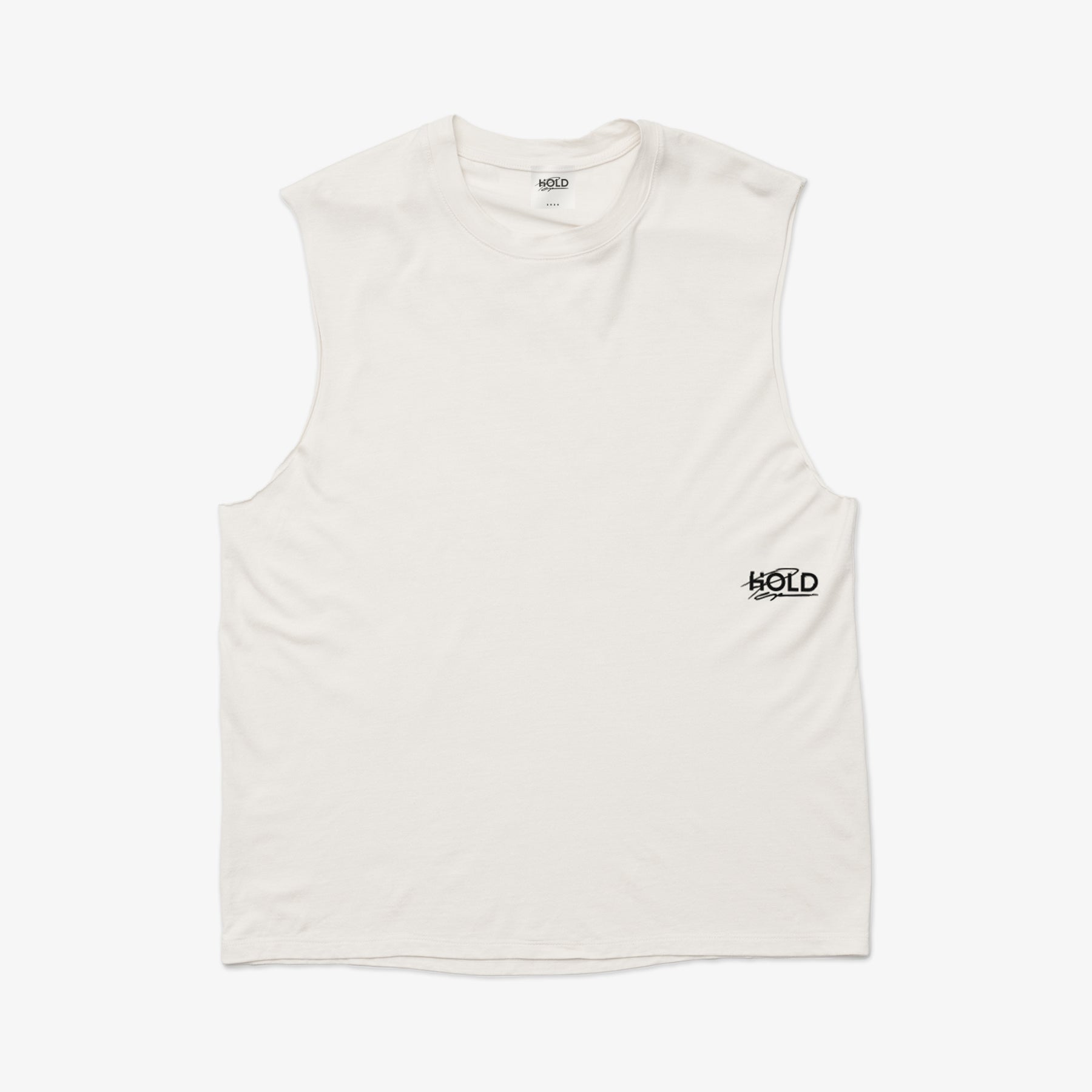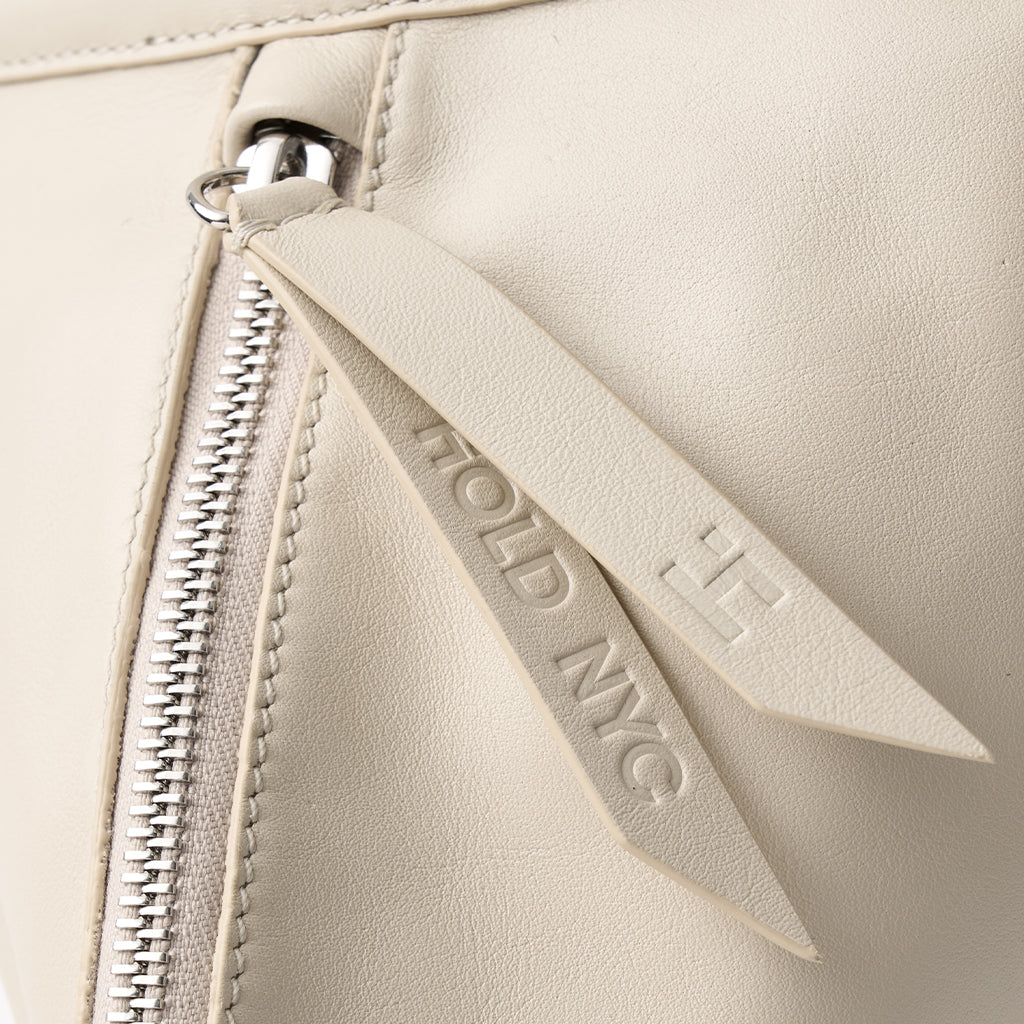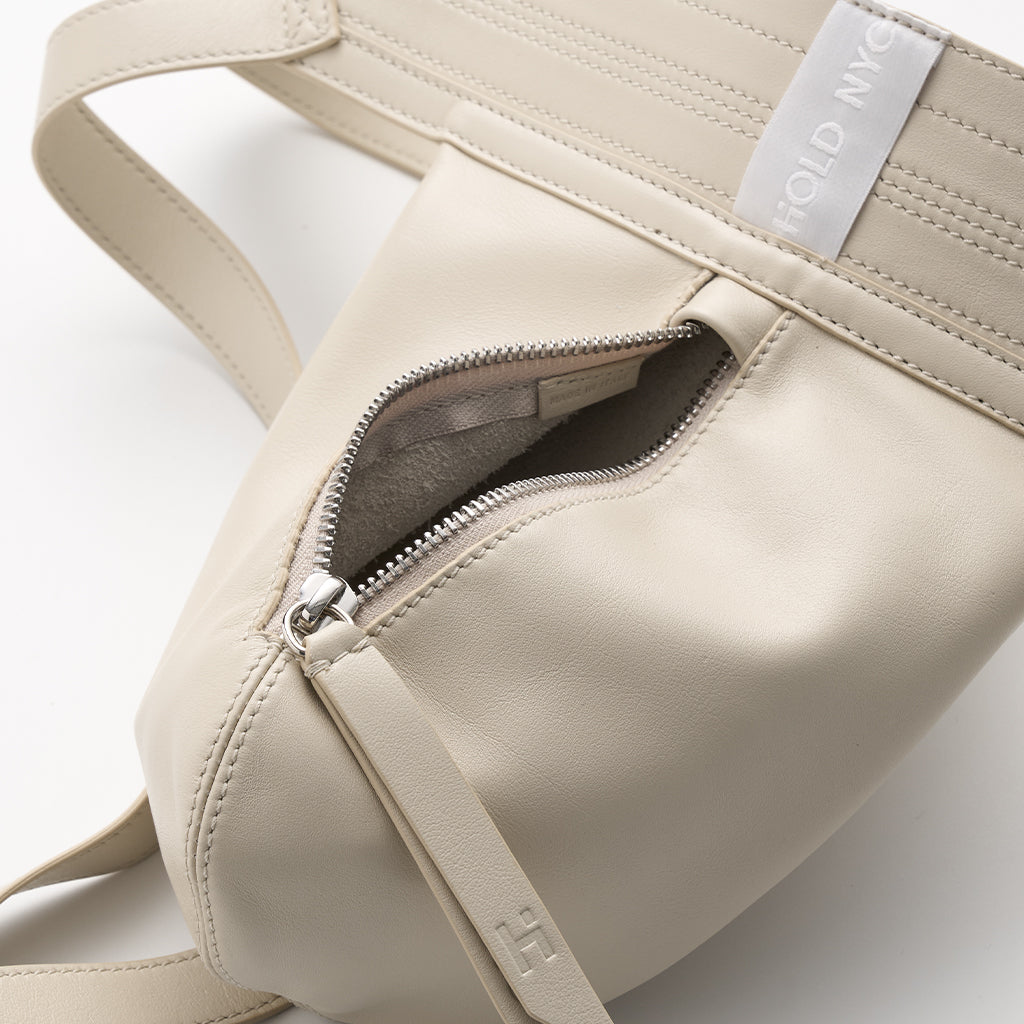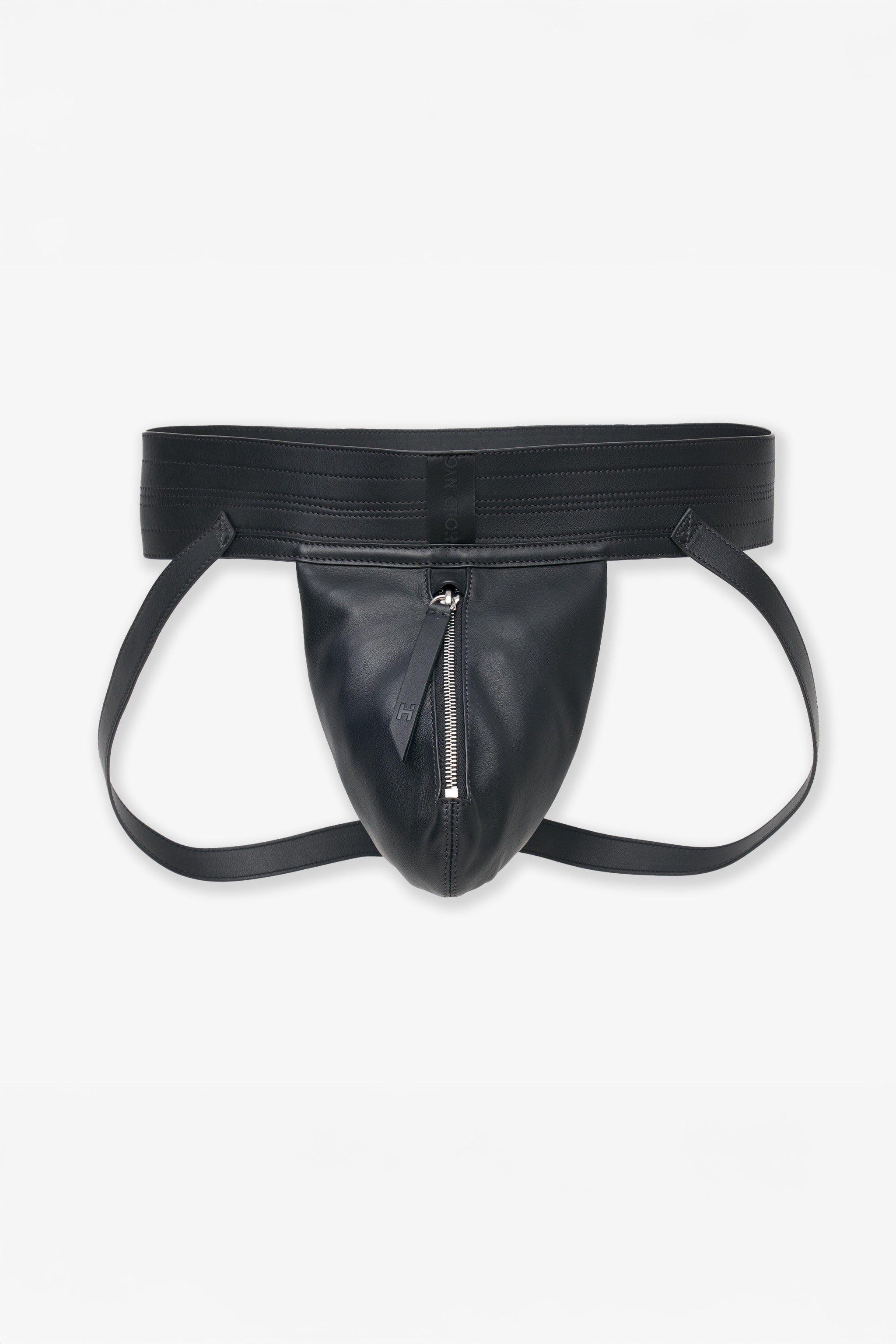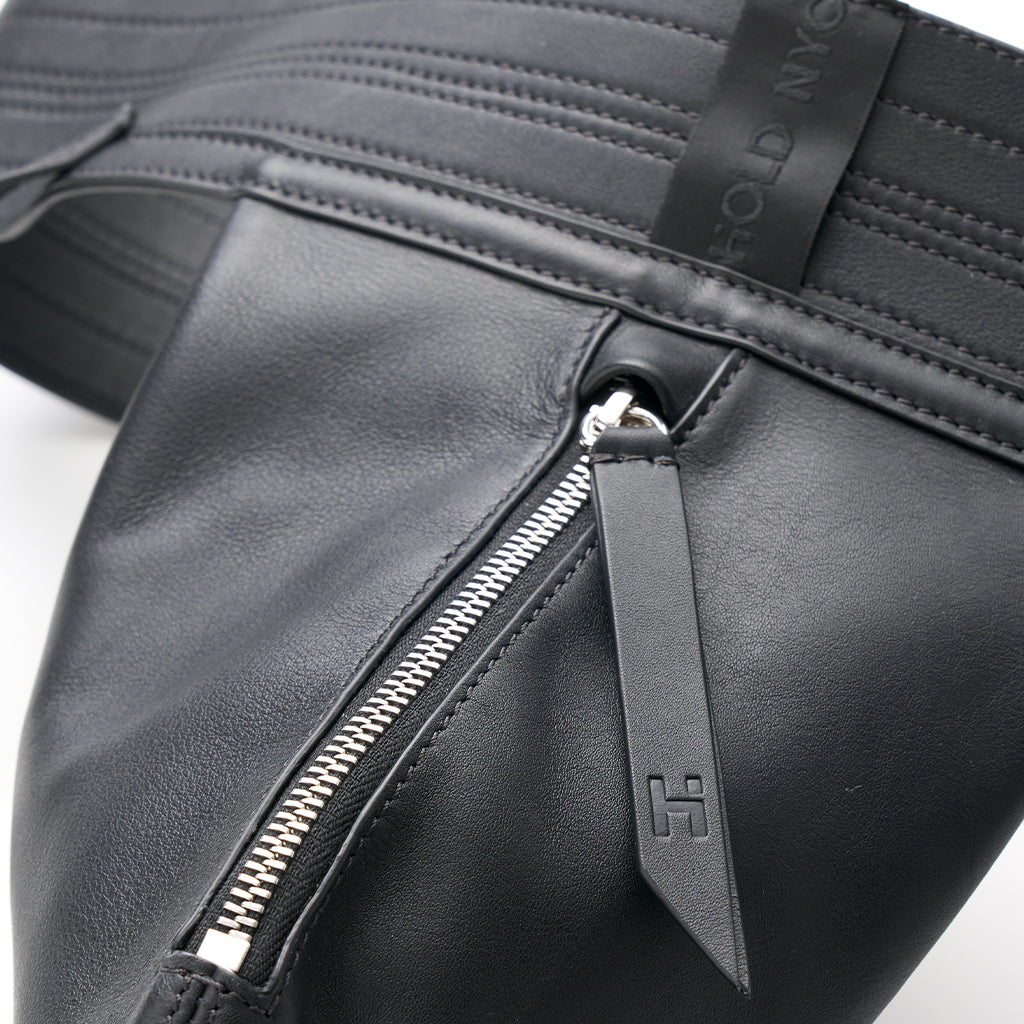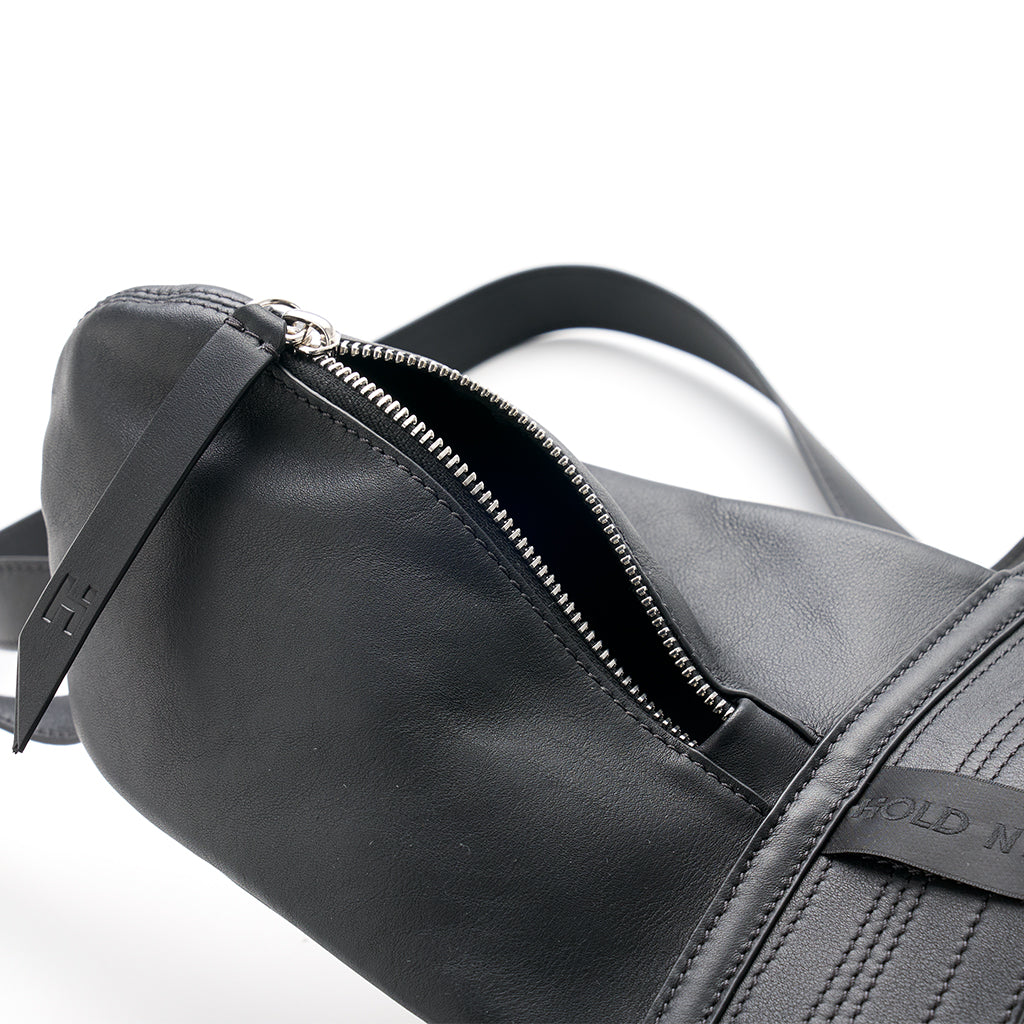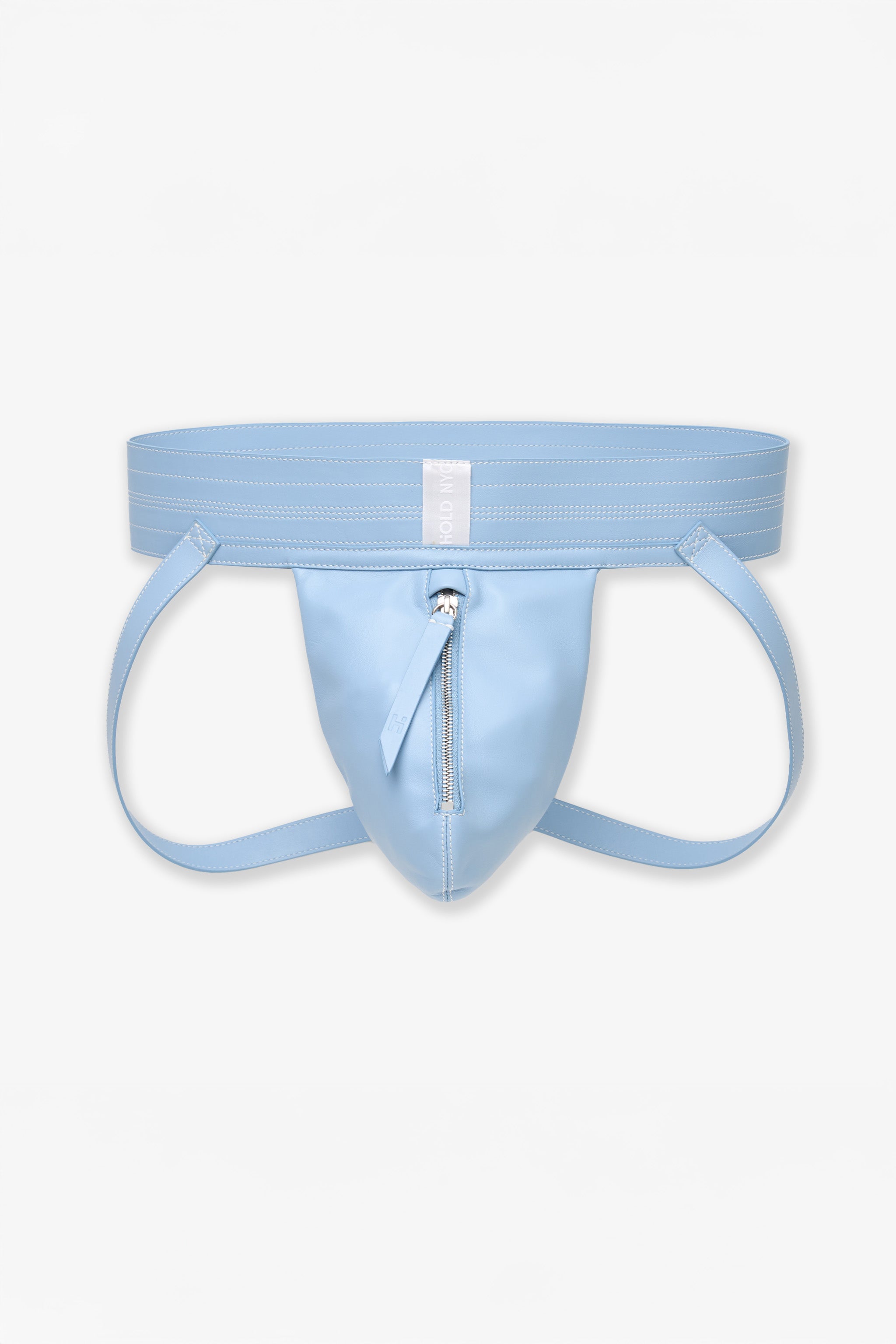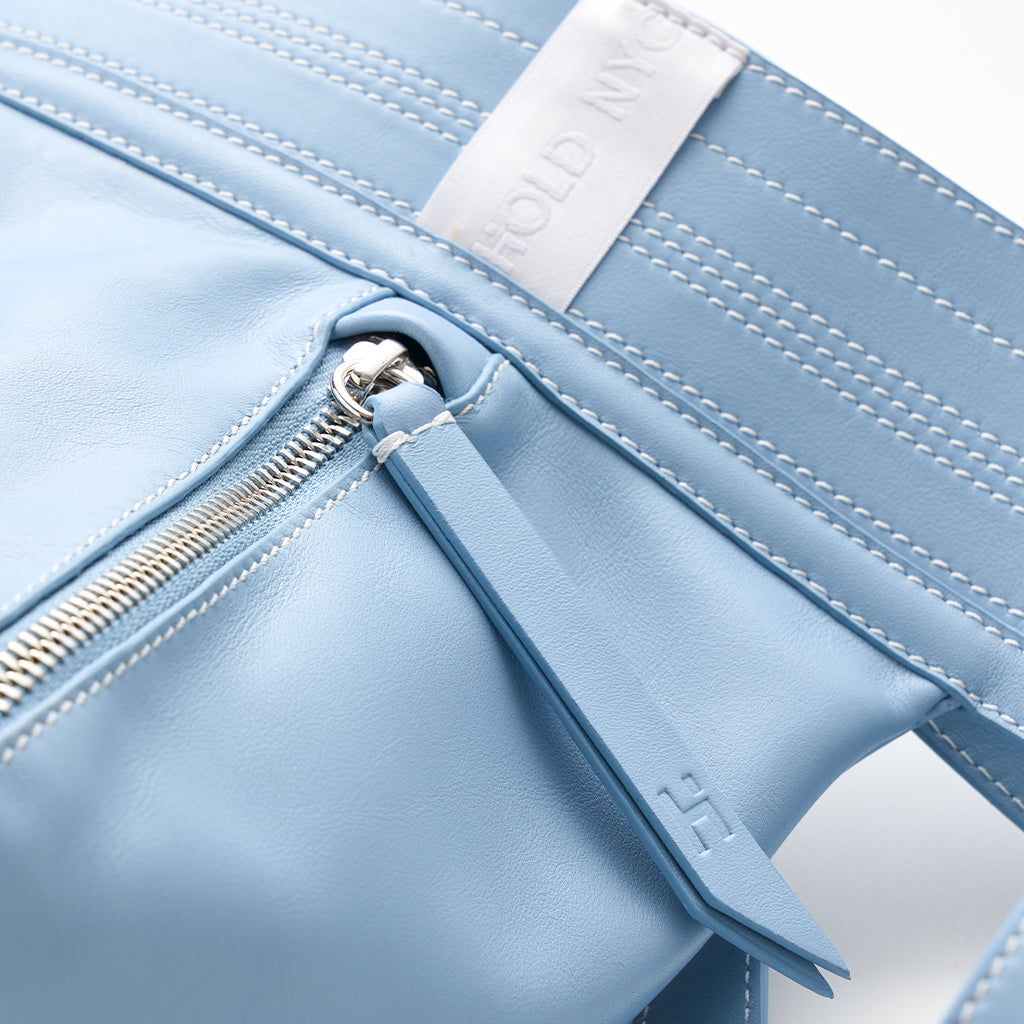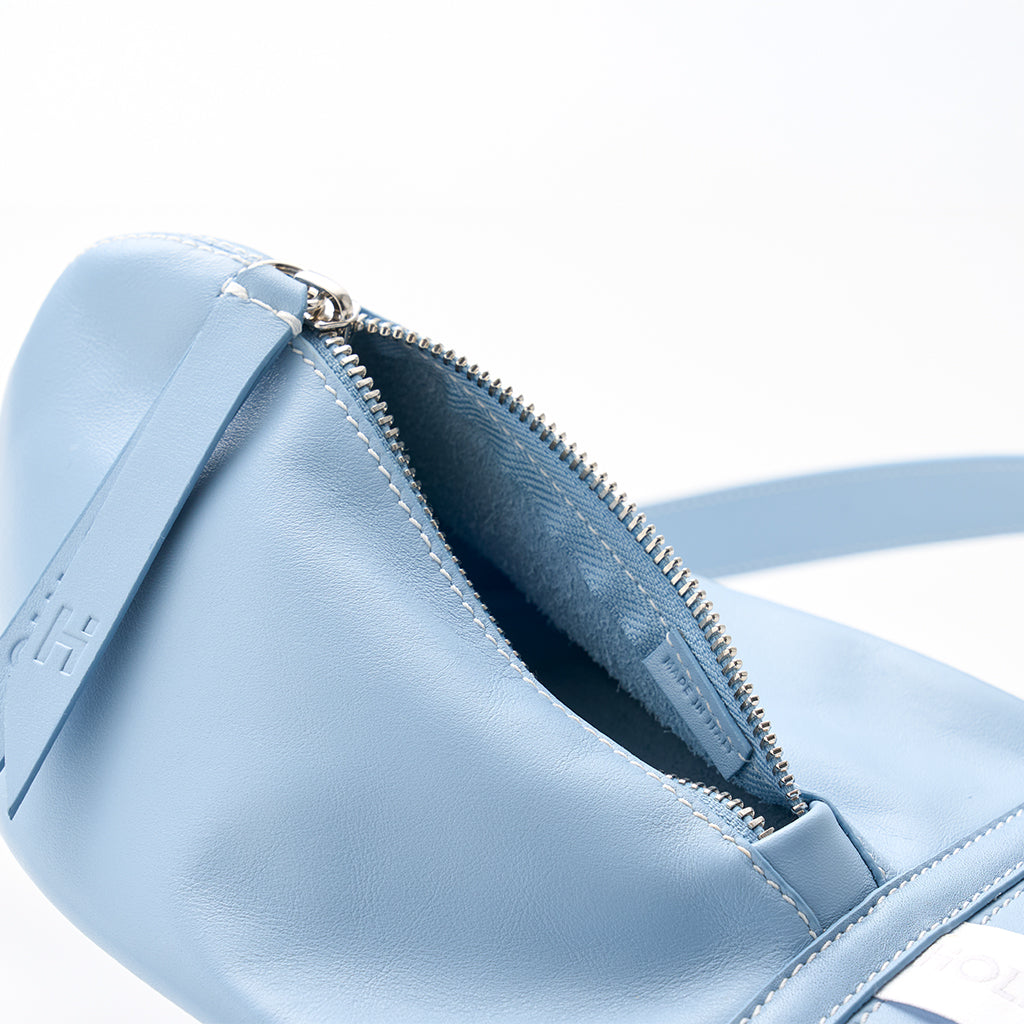What started as a piece of practical sportswear has become one of queer culture’s most iconic, subversive, and enduring symbols. The jockstrap — equal parts function and fantasy — has evolved from locker rooms to nightlife, from battlegrounds to runways. It’s been held up, stripped down, fetishized, and reimagined — and through it all, it’s remained a potent emblem of masculinity on our own terms.
Invented in 1874 by C.F. Bennett for Boston’s “bike jockeys,” the jockstrap was originally a utilitarian solution to a bumpy problem: cobblestone streets and tender goods. Designed to protect the package during high-impact activities, it quickly became a staple of rugged, full-contact sports like rugby, football, and baseball. By the time World War I and II rolled around, the jockstrap had made its way into military kits, offering both support and protection to soldiers on the move. From the get-go, the jockstrap was stitched into the fabric of traditional masculinity.
But in the 1950s, something shifted. As gay culture began to reclaim and remix the icons of macho Americana — cowboys, athletes, construction workers — the jockstrap found a new home. Gone were the dainty stereotypes. In their place stood a generation of queer men embracing a harder, sexier edge. The jockstrap’s design — lifting in the front, revealing in the back — made it irresistible. Erotic illustrations like Physique Pictorial and Tom of Finland’s leather-clad fantasies helped immortalize it as a fetish object and a badge of unapologetic desire. The jockstrap wasn’t just about sports anymore — it was about sex, confidence, and defiant masculinity.
Left Bike Advertisement, 1941 Right Physique Pictorial, 1965
By the 1970s, while athletes began swapping them out for compression shorts, gay men doubled down. Jockstraps became nightlife uniform: bartenders, go-go boys, and partygoers all baring their assets. Despite the AIDS crisis and a dip in popularity in the '80s and '90s, the jockstrap refused to disappear. In the early 2000s, nightlife legend Daniel Nardicio brought them back to center stage with his now-iconic Jockstrap Nights — parties that turned slow club nights into sweaty queer bacchanals in cities from New York to Berlin. In some queer circles, a jockstrap isn’t just a garment — it’s a rite of passage.
The jockstrap has long captured the imagination of artists and designers. In 1983, Andy Warhol shot Jean-Michel Basquiat in one, evoking the heroic nudity of Michelangelo’s David. Tom Bianchi’s dreamy Fire Island Polaroids and Bruce Weber’s tender, muscle-bound portraits canonized it into queer visual culture. On the runway, John Galliano sent them down in his 2004 collection, and Thom Browne reinterpreted them in Spring/Summer 2023. The jockstrap’s cultural power endures — swinging between sport, sex, and art with ease.
With the HOLD NYC Jockstrap Bag, we salute the past while strutting into the future. It’s a tribute to the men who made space for queer masculinity to exist, evolve, and thrive. A nod to those who wore their identity with pride, and those who passed it on. Our jockstrap isn’t just a bag — it’s a symbol of resilience, rebellion, and the joy of being seen.
Andy Warhol and Jean Michael Basquiat, 1983
Left Original Illustration, Pepe Munoz, 2023 Right Thom Browne, 2022







